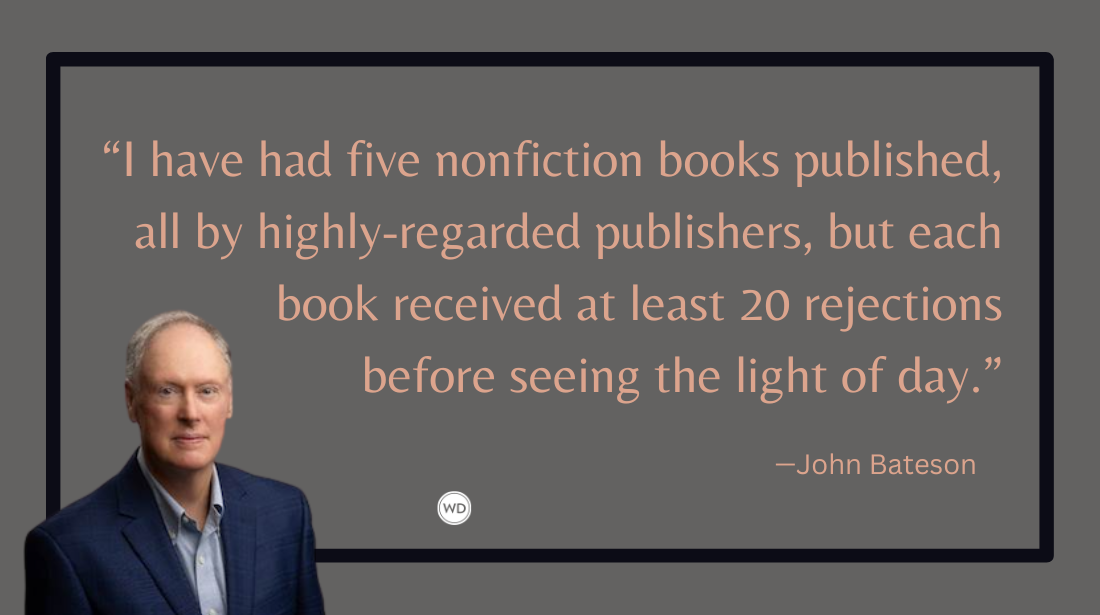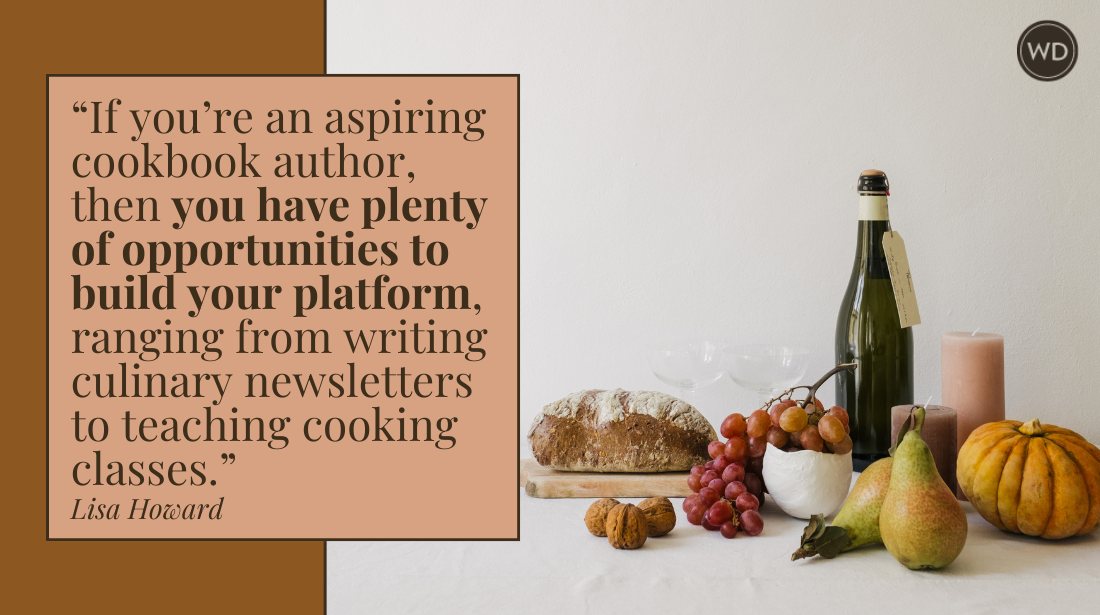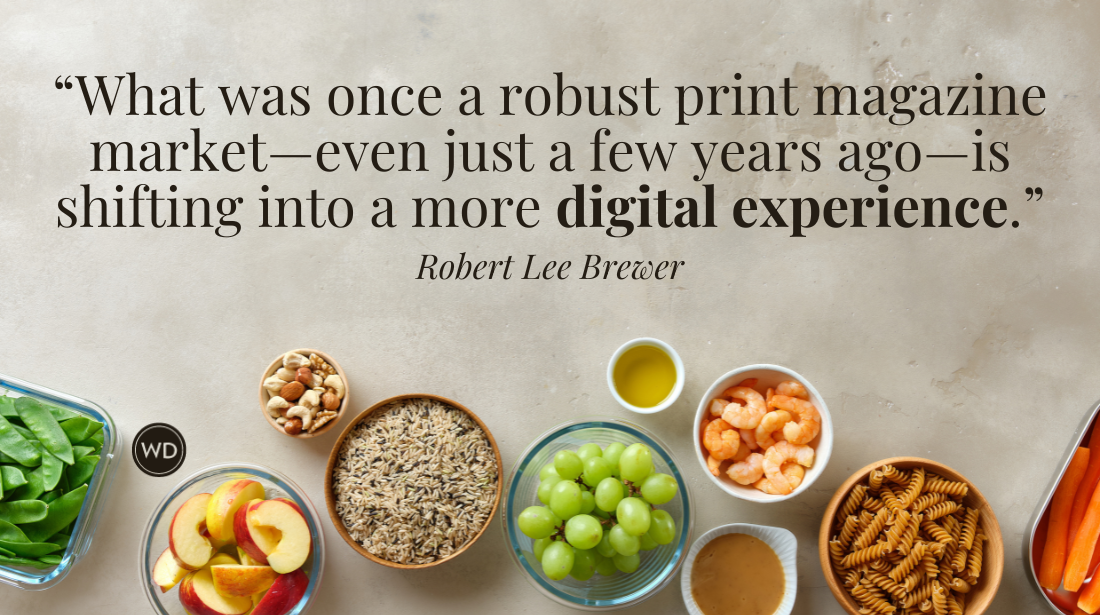What Is a Plotter in Writing?
The world of storytelling can be broken into many categories and sub-categories, but one division is between plotter and pantser. Learn what a plotter means in writing and how they differ from pantsers here.
The world of storytelling can be broken into many categories and sub-categories, but one prominent division is between plotter and pantser. Last night, I defined what a pantser is; tonight, I'm going to look at plotters.
In this post, I'm going to answer the question, "What is a plotter in writing?"
What Is a Plotter in Writing?
A plotter is a term most commonly applied to storytellers who like to plot their stories before writing them. A common tool used by the plotter is an outline that acts as a sort of road map or guide for writing the story. It's the opposite technique of pantsers, who are known for writing "by the seat of their pants."
Why Be a Plotter Instead of a Pantser?
One benefit of plotting is that the writer has a clear idea of where they're going. In fact, they may have a pretty good idea of how they're getting there too. Plotters would argue this makes it less likely they'll write themselves into a dead end and more likely they'll finish their stories.
However, pantsers would argue that being a plotter limits creativity, because plotters are tied to their outlines. Of course, there's no rule that says plotters have to stick completely to their outline if they see an interesting new path to take during the writing process.
Is It Better to Be a Pantser or Plotter?
Honestly, I don't think one method is better than the other in theory. Many people find outlines are beneficial to getting from point A to point B in their stories. However, many other people find outlining limits their creativity.
If you're not sure, the best way to learn is trial and error. Give outlines a chance and attempt writing by the seat of your pants. If one feels more natural, then that is probably the better method...for you.
*****
Have you hit a wall on your work-in-progress? Maybe you know where you want your characters to end up, but don’t know how to get them there. Or, the story feels a little stale but you still believe in it. Adding a plot twist might be just the solution.
Robert Lee Brewer is Senior Editor of Writer's Digest, which includes managing the content on WritersDigest.com and programming virtual conferences. He's the author of 40 Plot Twist Prompts for Writers: Writing Ideas for Bending Stories in New Directions, The Complete Guide of Poetic Forms: 100+ Poetic Form Definitions and Examples for Poets, Poem-a-Day: 365 Poetry Writing Prompts for a Year of Poeming, and more. Also, he's the editor of Writer's Market, Poet's Market, and Guide to Literary Agents. Follow him on Twitter @robertleebrewer.








